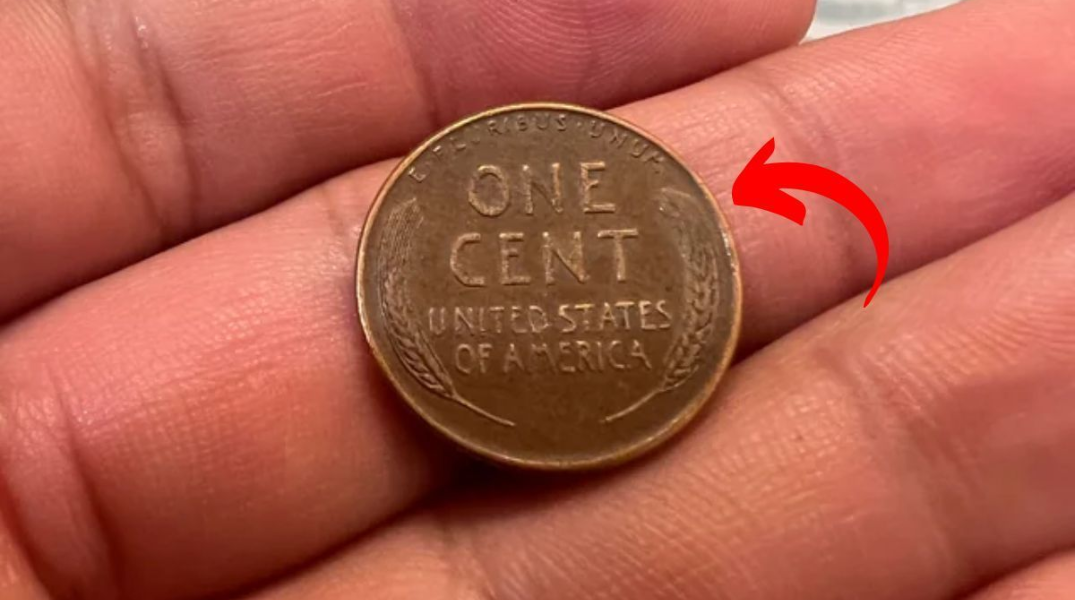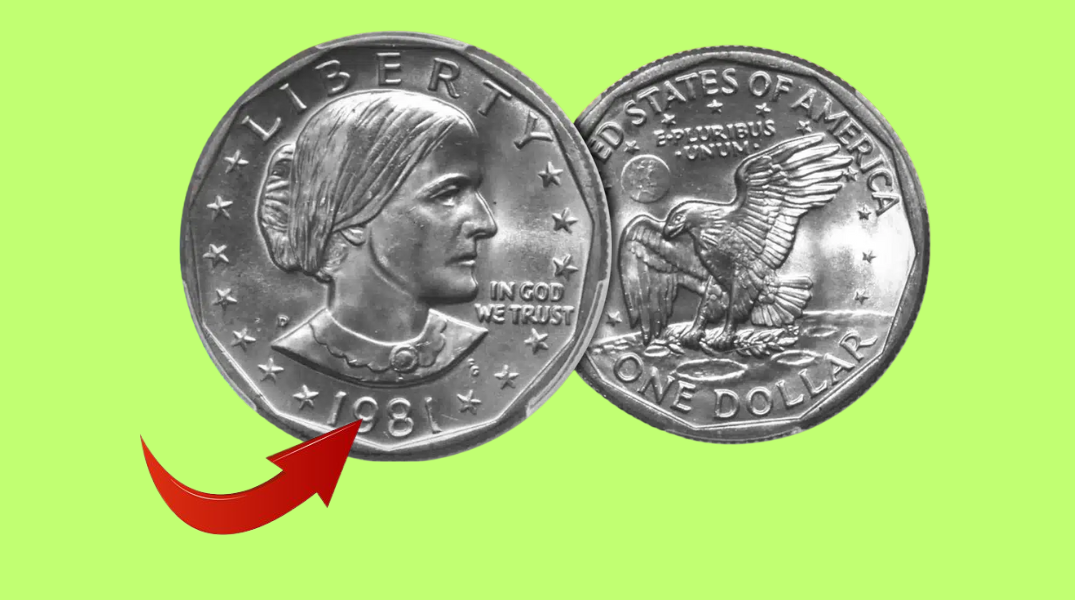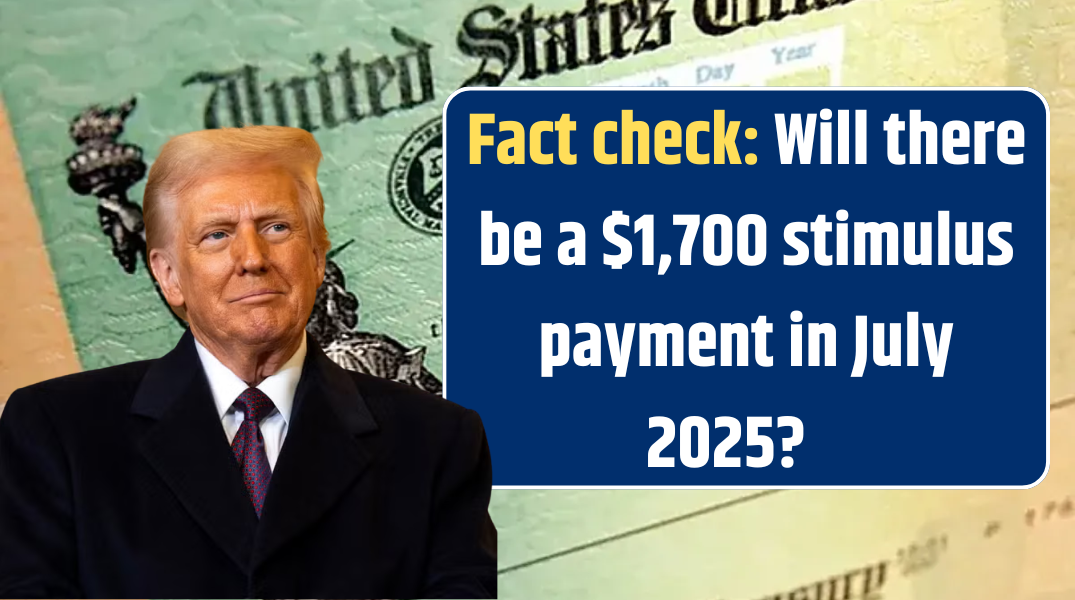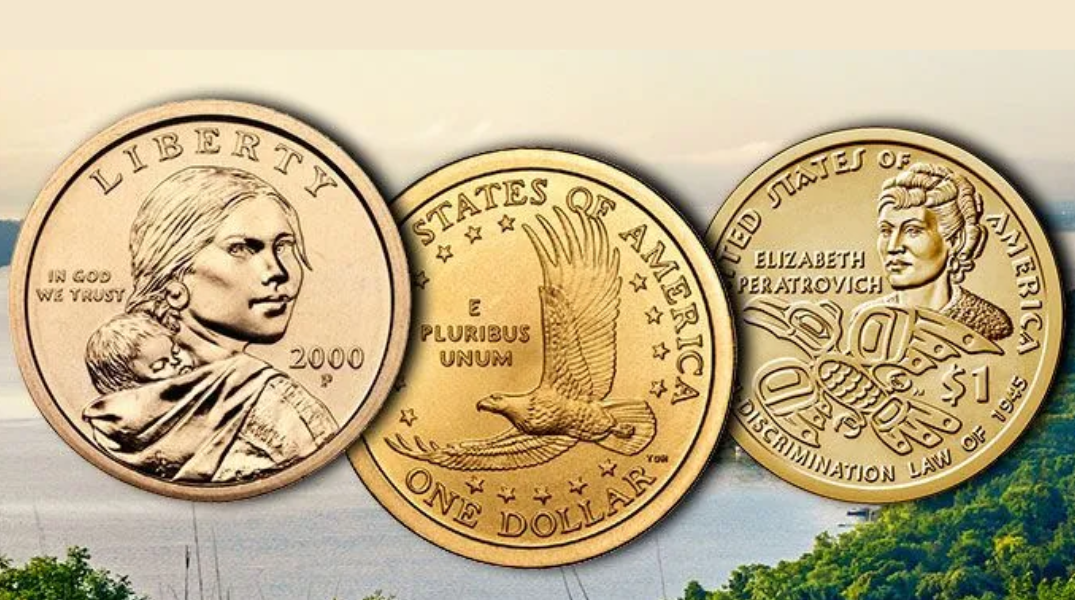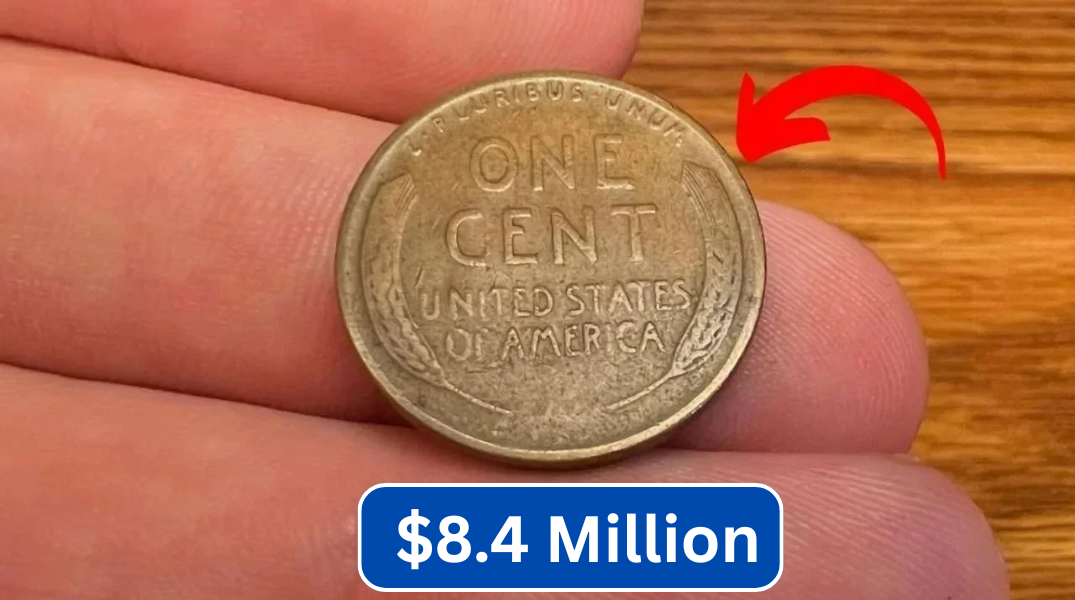The Lincoln Wheat Penny Valued at $9.2 million – The Lincoln Wheat Penny, also known simply as the “Wheat Cent,” was first minted in 1909 to commemorate the 100th anniversary of President Abraham Lincoln’s birth. It replaced the Indian Head cent and marked the first time a real person appeared on a U.S. coin—a major departure from previous designs that focused on allegorical figures.
Designed by Victor David Brenner, the coin features Lincoln’s profile on the obverse and two sheaves of wheat on the reverse, symbolizing prosperity and growth. The design remained in use until 1958, when it was replaced by the Lincoln Memorial reverse.
What Makes a Penny Worth Millions?
Most Lincoln Wheat Pennies are common and worth little more than their face value, but a select few are rare due to minting errors, low mintage, or unique historical circumstances. The penny that has stunned collectors and experts with its $9.2 million valuation is believed to be a 1943 Bronze Lincoln Wheat Penny—a coin born out of wartime necessity and accidental brilliance.
The 1943 Bronze Mystery
During World War II, copper was needed for ammunition and other military supplies, so the U.S. Mint began producing pennies in zinc-coated steel instead of traditional bronze (a copper-based alloy). However, a small number of bronze planchets (coin blanks) were accidentally left in the minting presses when production switched. These rogue 1943 Bronze Lincoln Pennies are incredibly rare—fewer than two dozen are known to exist.
The staggering $9.2 million value is attributed not only to its rarity but to its condition, provenance, and the near-mythic status it holds among coin collectors. One particularly well-preserved example once sold for over $1.7 million—and experts believe the market value for a pristine specimen could easily surpass $9 million today.
Why It’s Still (Possibly) in Circulation
Unlike gold bars or rare paintings, coins circulate. They get tossed in jars, handed over in grocery stores, or deposited into vending machines. Some of these rare 1943 bronze pennies may have slipped through the cracks, unrecognized and unvalued, into circulation or forgotten in an attic or safety deposit box.
In fact, stories have surfaced over the years of children discovering rare pennies in their lunch money or collectors stumbling upon one at estate sales or coin rolls. This means you could unknowingly have a piece of numismatic history in your pocket or piggy bank.
Other Rare Pennies That Command High Prices
While the $9.2 million Lincoln Wheat Penny is in a league of its own, it’s not the only coin to fetch impressive prices. Here are a few others that might surprise you:
-
1909-S VDB Lincoln Wheat Penny: The first year of production, with Brenner’s initials prominently displayed. Fewer than 500,000 were minted. Value: Up to $3,000+ depending on condition.
-
1914-D Lincoln Cent: From the Denver mint with low mintage. Value: $300 to $5,000+ in high grades.
-
1922 “No D” Lincoln Penny: A Denver mint coin missing the “D” mintmark due to a filled die. Value: $500 to $10,000+.
-
1955 Doubled Die Penny: A striking mint error where the date and lettering appear doubled. Value: $1,000 to $15,000+.
Also Read – The Lincoln Wheat Penny Valued at $7,700,000, Still in Circulation
How to Identify a Potential Treasure
Not all valuable pennies look fancy. Here’s how to check your coins:
-
Check the date – 1943 is key, especially if the penny looks copper rather than steel.
-
Use a magnet – Steel cents stick to magnets; bronze (and thus rare 1943 versions) do not.
-
Look for unusual features – Doubling, missing mint marks, or misaligned designs can signal high value.
-
Weigh the coin – A genuine 1943 bronze penny weighs about 3.11 grams, unlike the 2.7g steel versions.
-
Get an expert opinion – If you think you have something special, don’t clean it. Get it graded by a reputable coin grading service like PCGS or NGC.
Could You Be Sitting on a Fortune?
The allure of the Lincoln Wheat Penny lies in the idea that anyone, anywhere, could stumble across one—in a dusty drawer, a forgotten piggy bank, or a change cup at the corner store.
Coin collecting isn’t just for the wealthy or elite—it’s a hobby full of mystery, history, and potential reward. And in rare cases, like this $9.2 million penny, it might just change someone’s life overnight.
Frequently Asked Questions (FAQs)
Q1: What exactly is the Lincoln Wheat Penny worth $9.2 million?
A: It is a 1943 Bronze Lincoln Wheat Penny, accidentally struck during WWII on copper-alloy planchets instead of steel.
Q2: How can I tell if I have a rare 1943 penny?
A: First, check if it sticks to a magnet. If not, and it looks like copper, it could be valuable. Confirm the date and weight, then get it authenticated.
Q3: Are all 1943 pennies valuable?
A: No. Most 1943 pennies were made of steel and are worth just a few cents. Only the bronze version is extremely rare and valuable.
Q4: Can these pennies still be found in circulation today?
A: Yes, there’s a slim chance. Some have surfaced in circulation or collections decades after being minted.
Q5: Where should I go if I think I’ve found a valuable coin?
A: Avoid cleaning it and take it to a certified coin dealer or send it to PCGS or NGC for professional grading and authentication.
Also Read – The Lincoln Wheat Penny Valued at $9,800,000, Still in Circulation
Final Thoughts
The story of the $9.2 million Lincoln Wheat Penny reminds us that sometimes, the most valuable treasures are hiding in plain sight. While the odds are slim, the thrill of the hunt and the rich history behind these tiny relics continue to fascinate collectors and casual enthusiasts alike. So next time you get a handful of change—look twice. That ordinary penny might just be extraordinary.
